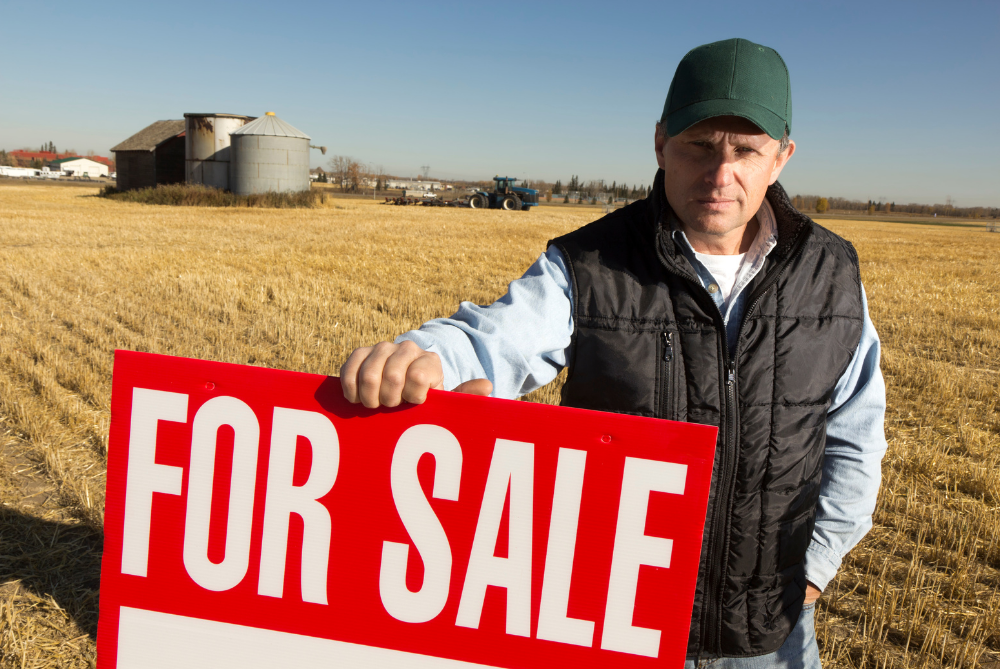
Most financial professionals advise their clients about the benefits of diversifying their portfolios. That’s part of investment 101, with the idea being that you don’t want to keep all of your eggs in one basket. While one industry performs well, another one could be on the decline, so you can even things out by varying where you put your assets.
People who are already accustomed to protecting and growing their wealth with real estate know it’s a time-honored way to build a steady flow of cash. Now it is time for you to consider hedging, and adding farmland to your portfolio.
Here are details to help you compare different types of real estate investment with farm investments:
In terms of risk avoidance, commercial real estate investment will involve cap rates that are lower, since it’s safe to assume people will never stop needing a place to conduct business, or in the case of larger apartment complexes, a place to live.
According to Successful Farming, “The capitalization rate (or cap rate) is the ratio of cash rent to farmland prices, and it’s a benchmark for return on investment. Here’s how it works. Land that’s rented out at $200 per acre and valued at $4,000 per acre has a cap rate (or rate of return) of 5%.”
So you can apply the same mindset to farming investments as you do to your other commercial real estate investments.
With multifamily investments, there is a lot of movement in the marketplace because of high demand. As RealEstateInvesting put it, “Multi-family housing is an especially hot part of the U.S. real estate market right now because so many millenials have yet to make the jump to home ownership.”
In addition, those who are saddled with large student debts cannot contemplate getting into their starter home any time soon. This has led to an increase in new construction of apartments nationwide. With that, there is an attendant rise in opportunities for investors to get in on the action.
For context, about 44.4 percent of the available land in the United States is devoted to farming as of 2018, the latest year for which statistics from the World Bank are available.
This extensive use of our land mass has propelled the U.S. to be the leading food exporter and the third largest food producer worldwide (China, India and the U.S. are at the top, according to Investopedia).
As you know, you can make equity or debt investments in real estate. This holds true with farmland too. About 30% of farmers rent their land, about the same percentage of people who are renting their dwellings. Your debt investments will entitle you to regular payments along with interest, while equity investments in farmland delivery a recurring monthly income. Equity investments differ in that you also anticipate a final lump sum when the farmer sells his or her property.
Individuals who are relatively new to investing in the agriculture space will want to consult with professionals who have years of experience in farmland. You may already be familiar with other types of real estate investments, such as commercial properties or multifamily dwellings. To learn what considerations you should keep in mind with farm investing, please get in touch with us today.